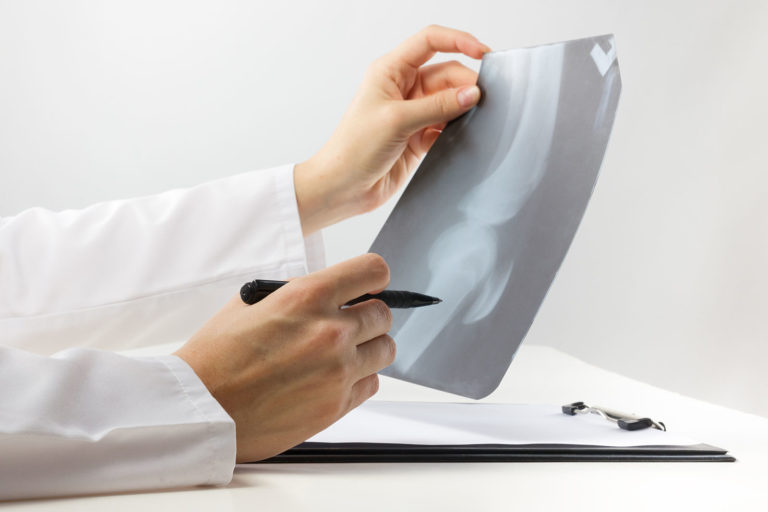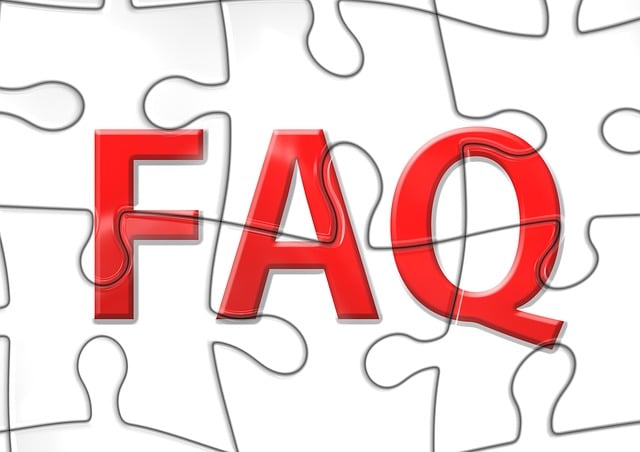
Forklift accidents in Arizona often occur in places like warehouses and construction sites.
Common causes include operator error and mechanical failures.
Knowing the primary reasons can help prevent future accidents.
Common Causes of Forklift Accidents
Forklift accidents frequently happen due to operator error.
This can include poor training, inattentiveness, or not following safety guidelines.
Mechanical failures, such as brake malfunctions or steering issues, also play a significant role.
Inadequate maintenance and overloaded forklifts increase the risk.
It’s important to regularly inspect forklifts to ensure they are in good working condition.
Keeping up with safety protocols minimizes accidents.
Typical Settings for Forklift Accidents
Most forklift accidents occur in busy environments like warehouses.
These spaces often have narrow aisles and crowded areas, increasing the risk of collisions.
Construction sites are also common locations for such accidents.
Loading docks and grocery store back rooms are other frequent sites.
These areas involve lifting heavy loads and working around tight spaces.
Being aware of the surroundings and practicing caution can help reduce accidents.
Legal Requirements for Forklift Operation
In Arizona, operating a forklift requires understanding specific legal requirements.
These include licensing and adherence to safety standards.
Familiarize yourself with these requirements to ensure safe operation and compliance with the law.
Forklift Licensing in Arizona
In Arizona, you do not need a special state license to drive a forklift.
Instead, the Occupational Safety and Health Administration (OSHA) mandates that employers provide proper training.
You must be at least 18 years old to operate a forklift and complete employer-provided training programs.
These programs should cover both classroom instruction and hands-on operation.
Training must align with OSHA regulations and address safe operation practices, potential hazards, and equipment inspections.
After completing the training, an evaluation is necessary.
A certified trainer assesses your skills to ensure you can operate the forklift safely.
Regulations and Safety Standards
Forklift operation in Arizona must comply with OSHA standards to ensure safety at the workplace.
Regular maintenance and inspection are crucial.
Safety checks should include inspecting brakes, steering, and hydraulic systems before each shift.
Operators must follow load capacity guidelines and never exceed forklift limits.
Proper visibility, wearing seat belts, and adhering to speed limits are essential.
Work environments should have clear markings and designated forklift paths.
Employers are also responsible for ensuring that their operators understand all safety protocols and updates.
Compliance helps reduce accidents and maintain a safe work environment.
Hire Forklift Injury Lawyer
When you’re involved in a forklift accident, a lawyer helps evaluate your case and deals with insurance companies who might not have your best interests at heart.
Their guidance is crucial in getting the compensation you deserve.
Evaluating Your Case
A forklift injury lawyer in Arizona starts by assessing the details of your accident.
They collect evidence, review medical reports, and talk to witnesses. This helps them determine who is at fault and the extent of injuries. This step is important in building a strong case.
Lawyers also look at workplace safety violations.
If any regulations were ignored, it strengthens your claim. It’s their job to make sure every part of your case is solid and fair, increasing the chances of a favorable outcome.
Navigating Insurance Challenges
Insurance companies can be difficult to deal with.
They often try to minimize payouts and may not fully cover your injuries.
A skilled lawyer knows how to negotiate with these companies, ensuring they don’t exploit any loopholes to your disadvantage.
Your lawyer understands the complex language used in insurance policies.
They explain your rights and work to get you a fair settlement. Without proper legal help, you might end up accepting less than what you’re entitled to.
Their role is crucial in protecting your financial future after an accident.

Liability in Forklift Accidents
Establishing liability in forklift accidents can be complex.
You need to show who is at fault, which might be the employer, the forklift operator, or the manufacturer.
Each party can contribute to an accident in different ways.
Knowing the roles and responsibilities is crucial for your case.
Operator Negligence: If the operator acts carelessly or ignores safety rules, they might be liable. Evidence of poor training or reckless behavior can support this claim.
Employer Responsibility: Employers must ensure that the workplace is safe. If they fail to provide proper training or maintain equipment, they may be held accountable. Documenting violations of safety regulations can be significant in your case.
Manufacturer Fault: Sometimes, faults in the forklift design or manufacturing defects cause accidents. If a part fails unexpectedly, the manufacturer might be liable. Analyzing maintenance records can help identify these issues.
Proving Fault: To prove fault, gather evidence such as accident reports, witness statements, and photographs from the scene. Consulting experts can provide insights into what went wrong. Having detailed records can strengthen your argument.
Understanding these aspects is key in a forklift accident case. It can help you determine who is responsible, which improves your chances in legal proceedings. With the right approach, you can seek justice effectively.
Preventative Measures and Best Practices
To prevent forklift accidents, focus on strong safety protocols and comprehensive operator training. These factors play a crucial role in reducing risks.
Safety Protocols
Implementing clear safety protocols is essential to minimize forklift accidents.
Begin by conducting regular safety audits to identify potential hazards in your workplace. Make sure all operators follow specific guidelines, such as wearing protective gear and using seatbelts.
Create a checklist for daily equipment inspections.
This includes checking brakes, steering, and warning lights.
Establishing well-marked pedestrian zones and forklift lanes reduces collision risks. Position signage to remind both operators and pedestrians about staying alert.
Regularly review your protocols and update them as needed. Encourage open communication among employees.
This will ensure everyone is aware of changes and can report unsafe conditions promptly.
Implementing these measures reduces the risk of accidents and promotes a safe work environment.
Forklift Operator Training
Comprehensive training programs for forklift operators are vital.
Start by providing classroom instruction covering forklift mechanics, safety rules, and company policies. Make sure operators understand load limits and stability factors.
Hands-on training is equally important.
Practical exercises allow operators to practice maneuvers in controlled environments.
This helps them gain confidence and proficiency in operating forklifts safely.
Certification ensures that operators meet industry standards.
Schedule regular refresher courses to keep skills sharp and introduce new best practices.
Encourage ongoing learning by sharing updates about industry standards and safety improvements. With well-trained operators, the likelihood of accidents decreases significantly.





